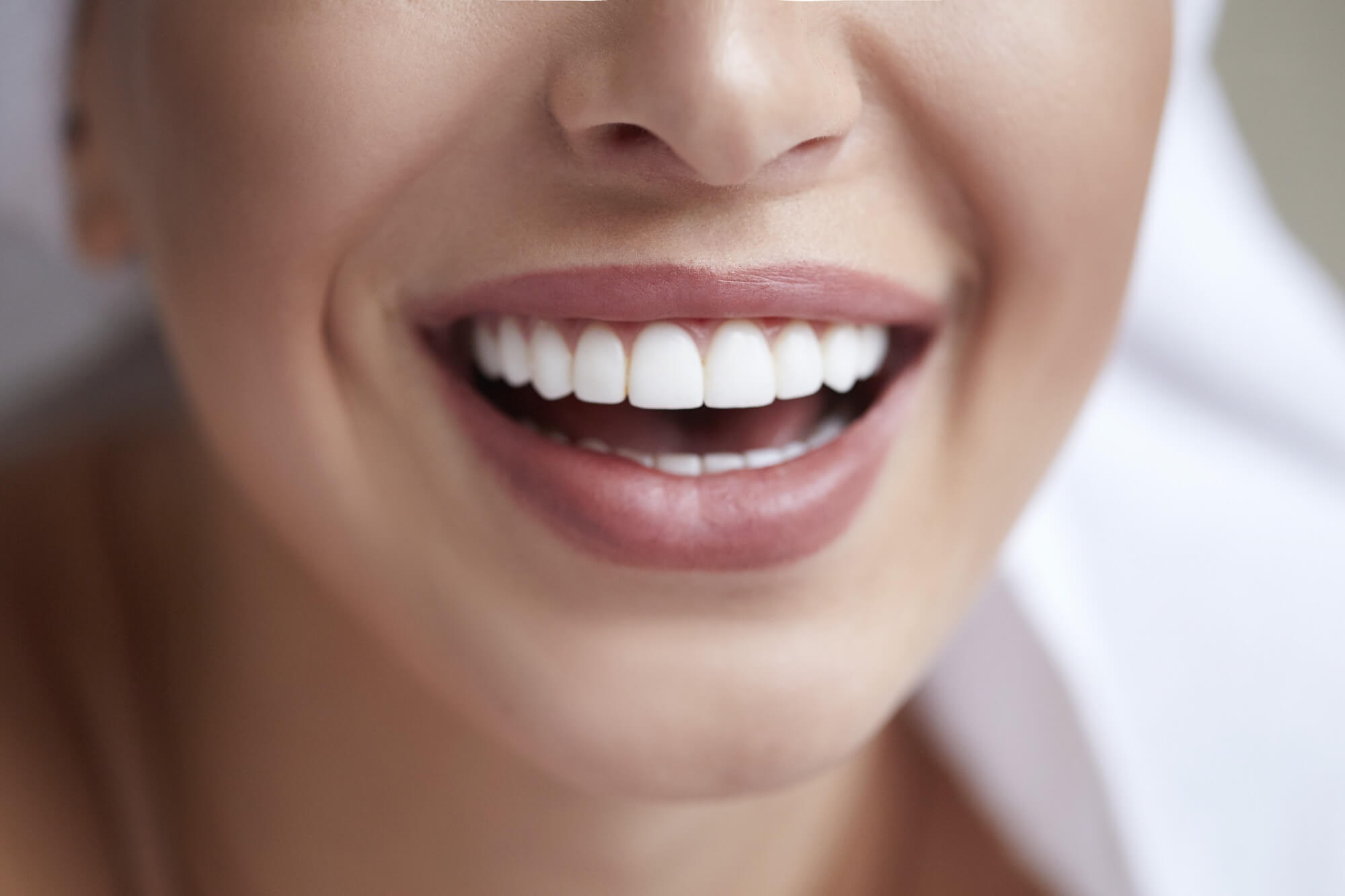Hormones play a critical role in regulating hair growth cycles, and any disruption can lead to thinning, particularly along the hairline. Events such as pregnancy, menopause, and polycystic ovary syndrome (PCOS) affect hormone levels, which in turn influence hair density. A reduction in oestrogen or an increase in androgens may result in slower regrowth or shedding. Many women first notice thinning near the temples or the centre part, which can worsen over time if unaddressed. Managing underlying hormonal conditions is a key step in reversing or slowing hairline recession.
Genetics and Female Pattern Hair Loss
Genetics significantly influence hair health. Female pattern hair loss is a hereditary condition where hair follicles gradually shrink, resulting in finer strands and a receding hairline. Although this condition tends to progress more slowly than male-pattern baldness, its effects are still distressing. The pattern typically starts with general thinning before becoming concentrated at the frontal scalp. Early intervention is essential for managing this inherited issue. Targeted hair loss treatment for women can stabilise the condition and, in some cases, encourage partial regrowth.
Stress and Its Impact on the Scalp
Prolonged physical or emotional stress can lead to telogen effluvium, a condition where large hair strands prematurely enter the resting phase of the growth cycle. This results in sudden thinning across the scalp, including the frontal hairline. Unlike genetically driven loss, stress-related shedding is typically temporary, though it can persist if stress remains unaddressed. Managing lifestyle factors, sleep quality, and emotional well-being can significantly aid recovery. Treating the scalp during this period supports healthy regrowth once the shedding subsides.
Nutritional Deficiencies and Scalp Weakness
Hair follicles rely on consistent nourishment from vitamins and minerals. Deficiencies in iron, vitamin D, biotin, and zinc can impair hair production, weaken strands, and lead to progressive thinning. The hairline is especially sensitive to nutritional gaps because it is an area of active growth. A balanced diet, coupled with targeted supplementation when necessary, restores the body’s ability to support healthy follicles. Addressing deficiencies helps improve scalp health and reduce fragility along the hairline.
Tight Hairstyles and Mechanical Damage
Repeated tension from hairstyles like ponytails, braids, or buns can cause traction alopecia. This condition affects the hairline directly, especially around the temples and edges. Constant pulling damages follicles, leading to inflammation and eventual hair loss. If detected early, this type of hairline thinning is reversible by adopting gentler styles and giving the scalp time to heal. In more advanced cases, bald scalp treatment may be required to restore lost density and strengthen the weakened follicles.
Autoimmune Conditions and Sudden Hairline Loss
Certain autoimmune disorders, such as alopecia areata or lupus, can trigger the immune system to mistakenly attack hair follicles. This can result in rapid hair loss that includes the frontal scalp. The hairline may present with patchy or diffuse thinning, sometimes accompanied by redness or inflammation. Treatment for these conditions typically involves medical therapy to calm the immune response and protect the scalp from further damage. Hair loss treatment for women with autoimmune conditions is tailored to stabilise symptoms and support gradual regrowth.
Scalp Conditions That Disrupt Hair Growth
Scalp infections and inflammatory skin disorders, including seborrheic dermatitis and psoriasis, interfere with hair health and hinder follicular activity. These conditions can lead to temporary or sustained thinning if left untreated. They often present as flaking, itching, or redness along the hairline. Effective management requires topical medication or medicated shampoos to reduce inflammation. Once the scalp environment is balanced, hair follicles are likely to resume normal growth patterns.
Available Bald Scalp Treatments for Women
For areas where hairline thinning has progressed to visible baldness, there are specialised treatments available. Options range from topical growth stimulants to more advanced procedures such as microneedling, laser therapy, and platelet-rich plasma injections. These methods work to activate dormant follicles and improve circulation around the scalp. A structured bald scalp treatment plan may restore partial coverage and prevent further regression. Suitability depends on the extent of the loss and the underlying cause, which a specialist can assess.
Long-Term Maintenance and Scalp Care
Once regrowth begins, consistent scalp care becomes vital. Mild shampoos, avoiding harsh chemical treatments, and keeping the scalp clean and moisturised contribute to long-term stability. Regular scalp massages can enhance circulation and support follicle health. As with any medical concern, maintenance plays a major role in preserving progress. Hairline recovery requires dedication, and tracking improvement over time helps refine care strategies and adapt to changing needs.
Seeking Professional Guidance Early
The earlier female hair loss is addressed, the better the chances of stabilising it and achieving visible regrowth. Consulting a medical professional or trichologist helps identify the cause and match it with the most effective solution. Each treatment path varies depending on age, lifestyle, medical history, and extent of loss. A personalised and informed approach can make a substantial difference in managing hairline trouble before it becomes irreversible.
For more information about hair treatment solutions, contact Bee Choo today.




